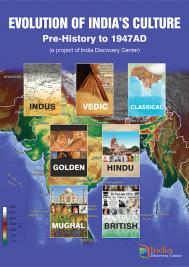Contribute
| India British Period (1800-1947) - Language And Literature |
Prem Nagar
01/04/2023
India British Period (1800-1947) - Language and Literature Prem Nagar Around 1800, Jesuit priests like Gilchrist, Carey, Bronson, Forbes and Campbell made industrious efforts to create standardized grammars of most Indian languages. Figure 1 gives the view of An English-Hindustani Dictionary and A Grammar of the Hindoostanee Language, compiled by John Gilchrist (1759-1841. Figure-1 Grammar of the Hindoostanee Language (J Glichrist, 1800CE) The Bengal Gazette, the first English newspaper from Kolkata was published in 1780. The Baptist missionaries published a weekly Bengali newspaper, Samachar Darpan, in 1818. Pandit Jugal Kishore Shukla published a weekly Hindi newspaper, Udant Martand (Figure-2) in 1826 from the same city. These newspapers did voice against the social taboos like widow burning, caste system and untouchability. Urdu, a Persian-Hindoostanee hybrid language evolved as a transition language in the north. It became a medium of protest. An Urdu newspaper Urdu-Akbar was vocal in criticizing the East India Company on civic matters. Figure-2 Udant Martand, weekly Hindi newspaper (1826) The indigenous education in India was severely perturbed through the English Education Act 1835. The Act was the brainchild of historian Lord Macaulay who was too biased against India. “We must at present do our best to form a class who may be interpreters between us and the millions whom we govern; a class of persons, Indian in blood and color, but English in taste, in opinions, in morals, and in intellect.†The engineering became an organized restructuring of India’s working public. Government employment became a prize for the English-educated, who acted as a subsidiary to the Crown. The indigenous languages and literature suffered. English education did help bring a new sense of self-determination incensed by the western liberalism. The indigenous literature did survive under heavy odds. 1850 CE to 1900 CE is considered the renaissance in Indian literature. Introduction of the printing press allowed new work to reach the masses. Kalimohan Banerjee compiled a Bengali encyclopedia Vidya Kalpadruma in thirteen volumes. Anandaram Dhekial Phukan, Fakir Mohan Senapati, Hunnarkhanni Chadai, Vishnu Shastri Chiplunkar and Sundaram Pillai enriched Asamese, Odia, Gujarati, Marathi and Tamil literature. Bharatendu-Harishchandra (1850-1885) (Figure-3) engineered the fusion of the Hindi dialects to a common platform with Devanagari script. Though short in life, he was among the first to use literary skills in shaping political opinion. Figure-3 Bharatendu Harishchandra 'Father of modern Hindi literature. Figure-4 Bankim Chandra Chattopadhyay, novelist (1838-1894) The Bengali novelist Bankim Chandra Chattopadhyay’s (Figure-4) novel Anandamath (1882) directly challenged British rule. The depiction of India as a mother and the popular patriotic song Vande Mataram originated through the novel. At the other coast, Marathi nationalism was expressed through the institution of the newspaper Kesari by Balagangadhara Tilak (Figure-5) as a voice against British rule. Figure-5. Balagangadhar Tilak, (1856-1920) Figure-6. Subramania Bharati, the Tamil Freedom Poet In 1857, the British established four major universities in Calcutta, Madras, Bombay and Lahore as centers for higher studies. There was translation and compilation work, but no research. Aligarh Muslim University and Indian Association of Cultivation of Science were established through private funding of Indian businessmen in 1975. Figure-7. Rabindranath Tagore, Nobel Prize, 1913. Swami Vivekananda (1863 – 1902) and Sri Aurobindo (1872-1950) created voluminous spiritual literature regarding uplifting India. The poem Geetanjali by Rabindranath Tagore (Figure-7) was awarded the Nobel Prize in literature (1913). Massive freedom literature in the 1930’s helped India to procure freedom. There were many English-speaking poets and novelists who were influenced by the material from India or wrote about Indian society. Poet Ralph Waldo Emerson instituted the United Universalist Church in the US. Edwin Arnold created a lyrical translation of Bhagavadgita. English Novelist Rudyard Kipling was born in India and won the Nobel prize in literature in 1907. Many writers of Indian descent have made a mark for their writings in the English language. References: 1. हिंदी à¤à¤¾à¤·à¤¾ का इतिहास by Dr. Dhirendra Verma (1897–1973), first scientific history of Indian languages in 1933 and a principal editor of first 'हिनà¥à¤¦à¥€ विशà¥à¤µà¤•à¥‹à¤¶' (Hindi Encyclopedia). 2. A comparative grammar of the modern Aryan languages of India: to wit, Hindi, Panjabi, Sindhi, Gujarati, Marathi, OrÌ£iya, and Bangali, by Beames, John, 1837-1902 3. A GRAMMAR OF THE HINDI LANGUAGE by: REV. S. H KELLOGG,1893 4. 1857–1947- The British Impact on India, 1700–1900, BY: By Fritz BlackKWell 5.https://www.indianetzone.com/41/indian_english_literature_during_british_india.htm 6. https://www.historydiscussion.net/history-of-india/literature/literature-in-india-during-british-rule/5948 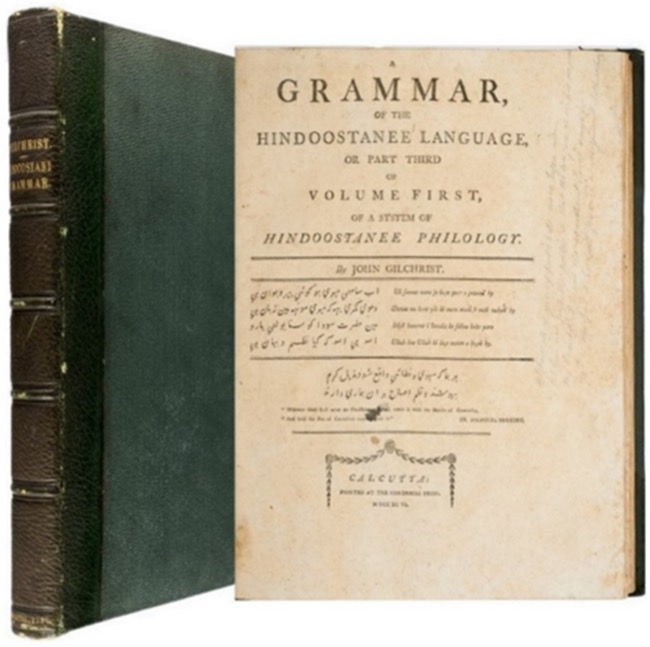
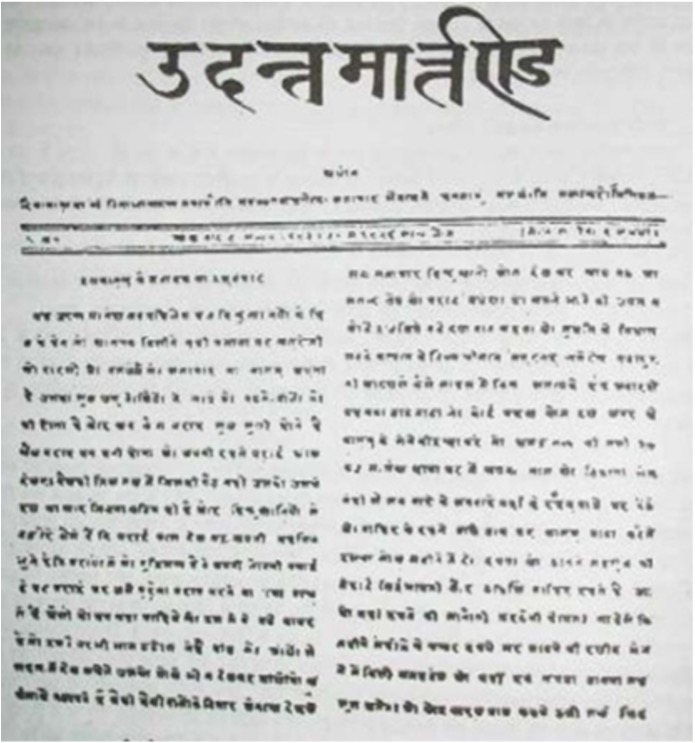
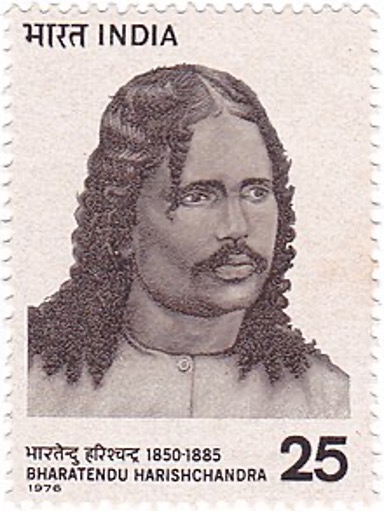
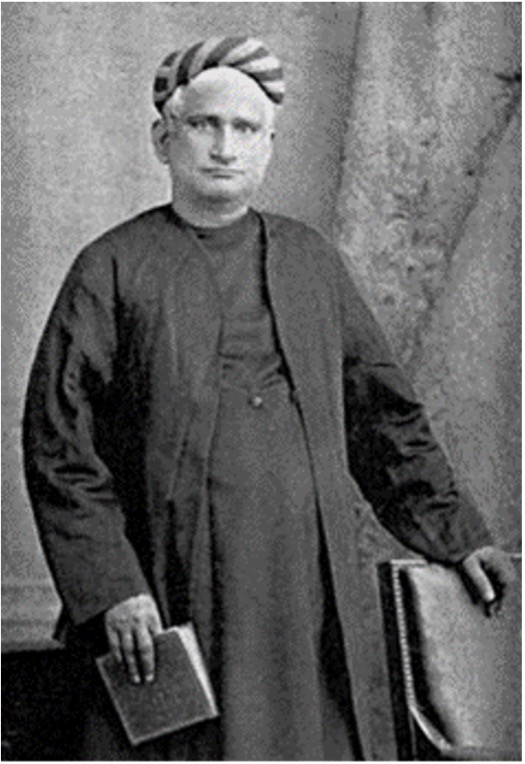
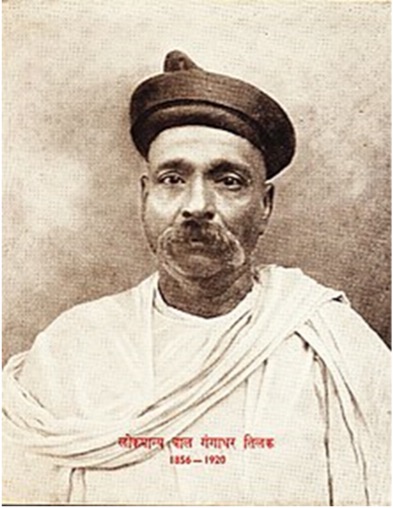
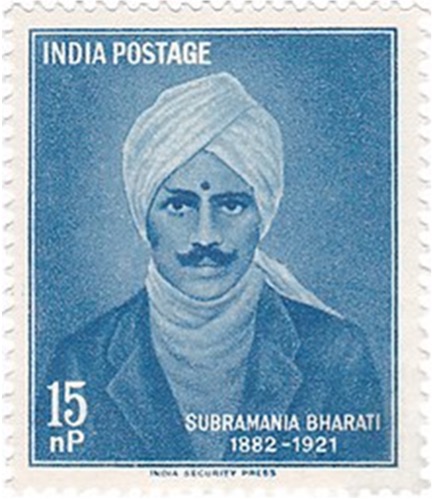
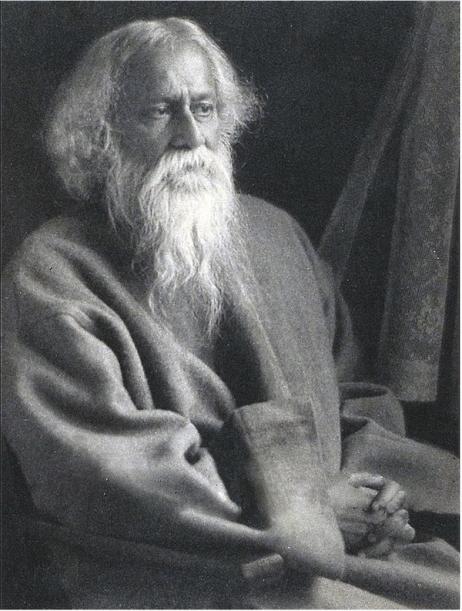
You may also access this article through our web-site http://www.lokvani.com/
